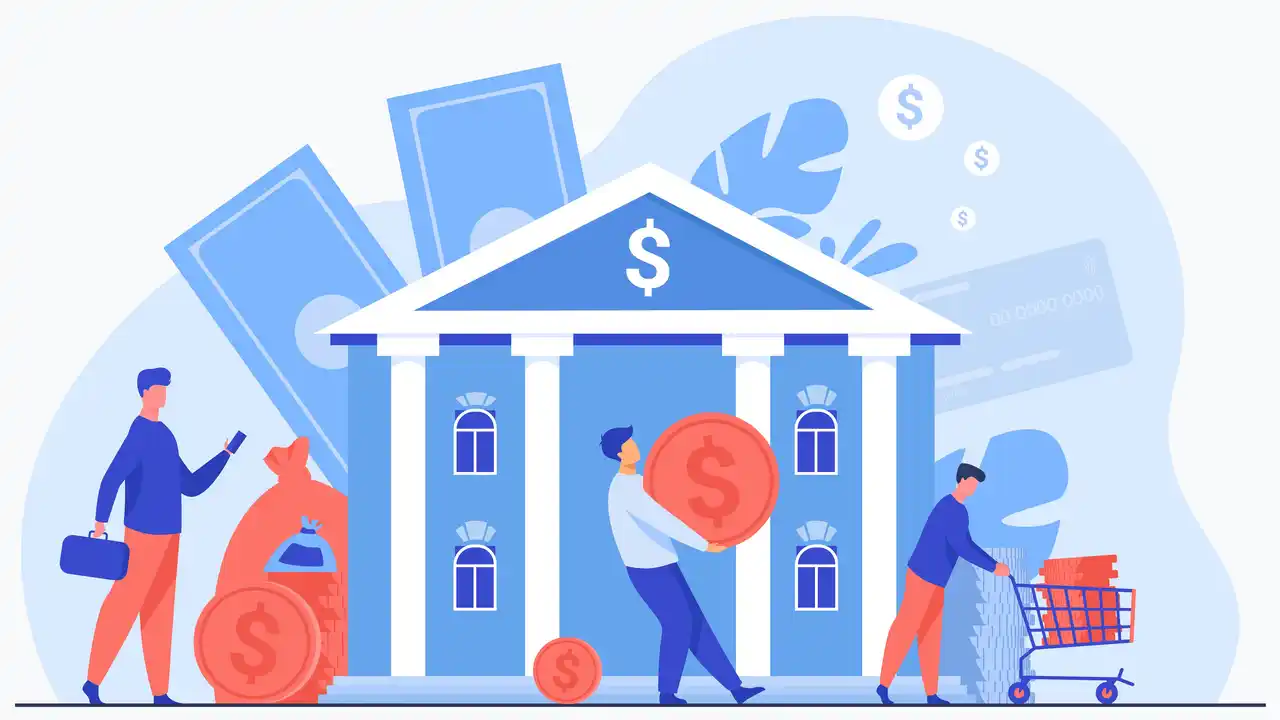You’re searching for the right bank account to collect your personal savings and you’ve come across the option of a “high-yield savings account.” High-yield savings accounts are prized options for everyday users who want to build up their savings without having to take on investment risks. Users often store financial safety nets like rainy-day savings and emergency funds inside these accounts. Should you do the same?
Furthermore, even though the pandemic has caused savings account interest rates to drop to almost half of what they were a year ago, you can still earn more than ten times the national average.
The Biggest Benefits of High-Yield Savings Accounts
In fact, if you haven’t yet started an emergency fund, opening a high-yield savings account is a still important. Read ahead to find out the biggest benefits that come with high-yield savings accounts.
High Interest Rates
One of the biggest benefits of a high-yield savings account is that it typically comes with a higher interest rate than a standard savings account. While a standard savings account comes with an interest rate to help your deposits grow over time, that interest rate can be quite low. You’re not likely to see much of a return based off that rate. The average annual percentage yield (APY) is usually less than 1%.
The annual percentage yield of a high-yield savings account is much higher than that. It can come with an APY between 2-5%. So, you can potentially increase your deposits much faster when you put them into this type of account.
An Important Note about Higher Interest Rates
Online-only banks (sometimes called “neobanks”) tend to offer higher interest rates with their high-yield savings accounts than brick-and-mortar banks. Why? Online-only banks can afford to offer customers these higher rates because they contend with lower overhead costs. They don’t have to staff, maintain and secure physical bank branches.
Easy Access
Another benefit of high-yield savings accounts is that they make it easy to access your balance. You’re free to withdraw the savings from your account by visiting an in-network ATM or visiting one of your bank’s branches. You’re also free to transfer the savings from your account digitally, moving the funds that you need into your checking account. The funds are liquid.
Liquidity isn’t a benefit offered by every interest-bearing savings tool. For instance, a certificate of deposit (CD) is a savings account that can offer annual percentage yields between 2-5%. While a CD will have the same growth potential as a high-yield savings account, it comes with one major issue: it locks away your savings for a set period of time. Depending on the length of your CD, you could wait months or even years before the account matures and you’re free to access your balance. If you try to access your funds before reaching that maturity date, you will likely be charged with an early withdrawal penalty.
Liquidity is crucial when it comes to emergency funds. You need to be able to grab your savings at a moment’s notice. If you’ve stored your savings in an account that you can’t access when disaster strikes, you might be in the same position as someone who doesn’t have any emergency savings at all. You might have to look into alternative payment methods like online loans to help you manage the emergency as soon as possible.
An online loan can be an effective solution when you don’t have access to savings. As long as you meet the loan requirements, you can fill out and submit your application online. You could get approved for the personal loan in a short amount of time! If you’re approved, you could use the borrowed funds to cover the emergency expense and then follow a steady repayment plan afterward.
You can avoid this entire situation by putting your emergency fund into a savings account that is readily accessible — like a high-yield savings account.
An Important Note about Account Withdrawals
A high-yield savings account will have limitations on the number of withdrawals and transfers you can make per month. You can make these withdrawals/transfers 6 times per month without incurring any fees. These limitations are meant to discourage you from making unnecessary withdrawals and undermining your savings goals.
What if you need to surpass this number of withdrawals/transfers? Don’t panic. Your savings are still liquid. You can make withdrawals and transfers as normal — the money doesn’t become inaccessible. Your bank or credit union will just charge you withdrawal fees for crossing this limit.
Insurance
You don’t have to worry about losing the money that you put into a high-yield savings account. As long as you’ve opened the account at an FDIC-insured bank, your savings should be safe, even if the bank fails.
What if your account is through a credit union, not a bank? Your savings should still be safe. As long as your credit union is federally insured, your deposits should be protected by the National Credit Union Share Insurance Fund.
An Important Note about Deposit Insurance
Your deposits are insured up to a certain dollar amount. Both the FDIC and the NCUSIF insure up to $250,000 in deposits. If you have a joint account, you could have coverage for $500,000 in deposits. So, there are limitations to this coverage, but the limitations are quite high.
As you can see, high-yield savings accounts come with considerable benefits, especially for emergency funds. It might be time that you open one of your own.
Conclusion
You should also read benefits of saving money to deep dive in the topic. When building an emergency fund or saving for something impending, like a family vacation, high-yield savings accounts are typically a crucial financial tool. You can earn a higher rate of return than you would with a typical bank account, and your money is safe and always available.


